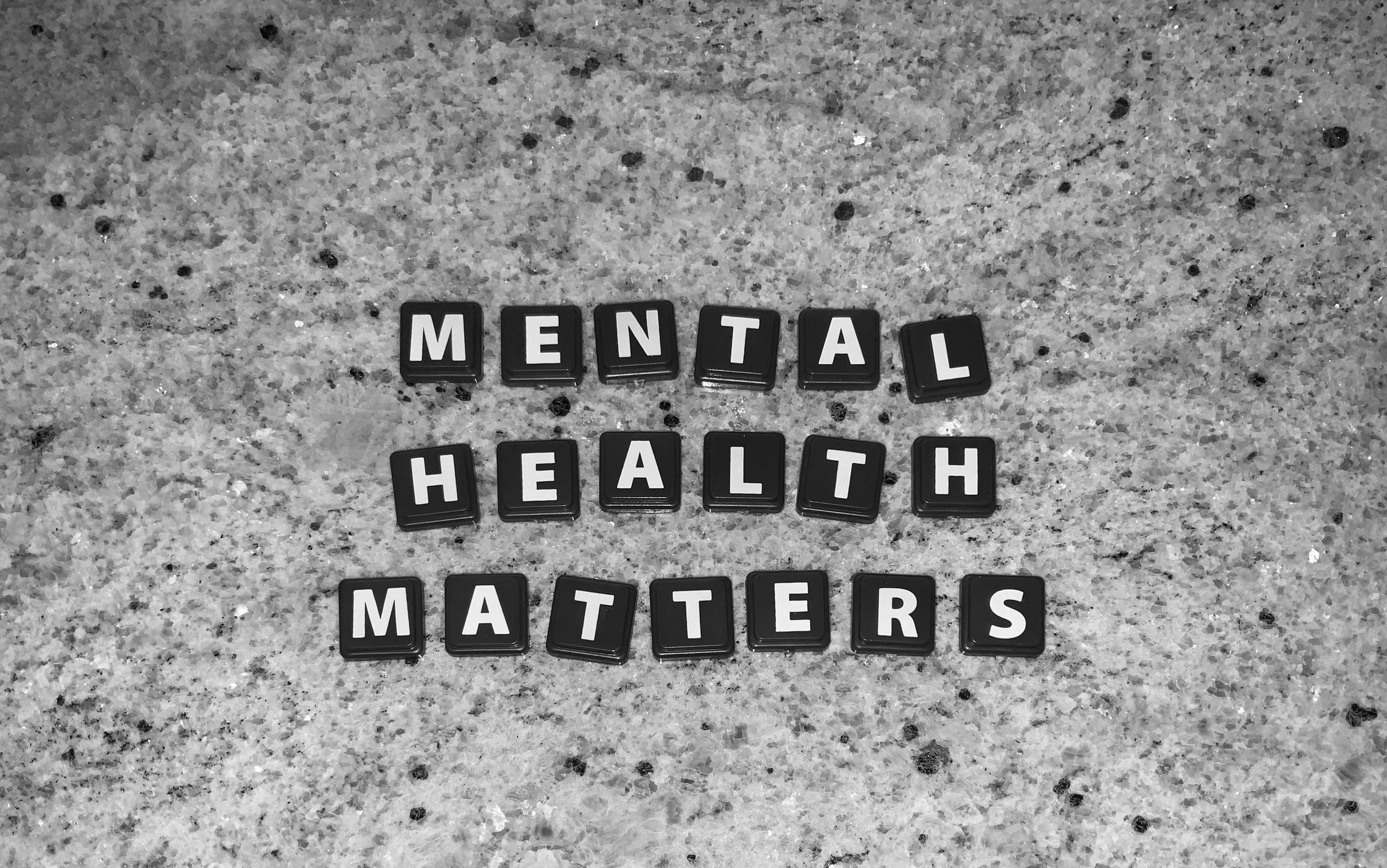Mental Health & Wellbeing

I wanted to share some recent information about children’s mental health and practical ways you can support your child’s wellbeing at home. I know how much we all care about our children’s happiness and success, so I hope you find these ideas useful.
Early Childhood Mental Health Is Growing Concern
Recent Australian research tells us that many young children are showing early signs of anxiety, low mood, or stress. Nearly eight in ten kids aged 1–12 experience at least one mental health symptom, and nearly one in five preschoolers may show excessive worry, clinginess, or sleep troubles. It’s also true that when parents or caregivers are under stress, children pick up on that too—so looking after your own wellbeing helps your child feel safe and supported.
Modeling Coping Skills and Building Emotional Literacy
Children learn a lot by watching us. When we remain calm under pressure, talk through our feelings, and practice simple coping strategies (like deep breathing or taking a short break), our children pick up those same skills. You might say something like, “I’m feeling a bit overwhelmed, so I’m going to take three deep breaths before dinner.” This kind of language helps children learn how to name and manage their own emotions.
The Power of Unstructured Free Play
Many of us fill our kids’ schedules with lessons, sports, and after-school activities. While these can be wonderful, too many structured commitments can lead to stress for young children. Experts now recommend limiting organised activities to just one at a time and carving out daily pockets of free play. When children have at least 30 minutes each day to play without direction—whether building a fort, drawing, or exploring the backyard—they develop problem-solving skills, imagination, and emotional resilience. Unstructured play also gives them a chance to process their day and unwind.
Using Evidence-Based Resources
If you’d like more guidance, the “Raising Healthy Minds” app (free to download) is an excellent resource for parents of children up to 12 years. It offers short articles, videos, and clear action steps to help you recognise early warning signs (like persistent sadness or a sudden lack of interest in favourite activities) and know where to turn for support—whether that’s our school counsellor, a GP, or local services like headspace.
Practical Tips for Home
Open, Age-Appropriate Conversations: Rather than quizzing your child about behaviour, check in on how their day “felt.” Try questions like, “What part of today made you feel happy? What part felt tricky?” Use simple language: “Sometimes our minds feel busy or worried. What helps you feel calm?”
Model Self-Care: If you need a moment, say aloud, “I’m feeling a bit stressed right now, so I’m going to take a few deep breaths.” When children see us practice self-care, they learn it’s okay to do the same.
Establish Routines and Safe Spaces: A predictable daily rhythm—meals, play, homework, bedtime—gives children a sense of security. Consider creating a small “calm corner” with cushions, books, or soft lighting where your child can take a moment if they feel overwhelmed.
Limit Screen Time and Encourage Free Play: Aim for no more than one hour of recreational screen time each day for primary-aged children. Encourage at least 30 minutes of active or imaginative play each afternoon. This could be anything from playing “store” inside to climbing on playground equipment outside. Free play helps kids decompress.
- Know When to Seek Help: If you notice persistent changes—such as a month of disinterest in activities they once loved, ongoing sleep problems, or talk of “not wanting to be here”—please reach out to your GP for a possible referral to Child and Adolescent Mental Health Services (CAMHS), or call Kids Helpline on 1800 551 800 or Lifeline on 13 11 14 for immediate support.
By keeping these ideas in mind—modelling healthy coping, making time for unstructured play, and using trusted resources—I’m confident we can help our children thrive both academically and emotionally. If you have questions or would like to discuss concerns about your child’s wellbeing, please don’t hesitate to contact me